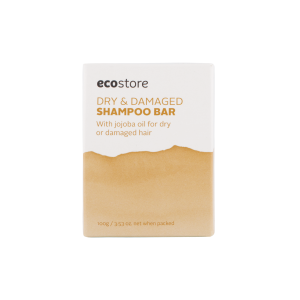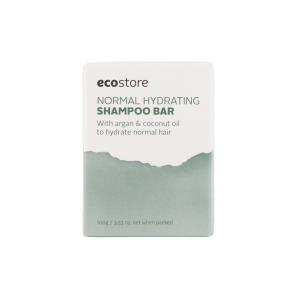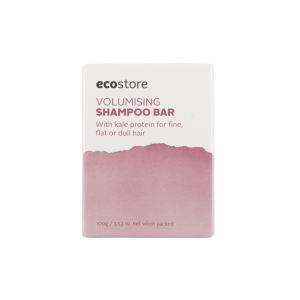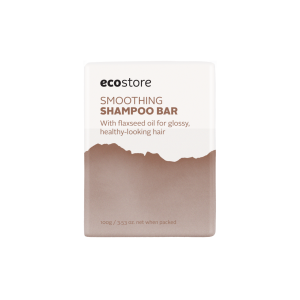Hydrogenated Vegetable Oil

Hydrogenated Vegetable Oil
Hydrogenated vegetable oil is a white waxy solid derived from edible plant oils such as coconut, palm, sunflower, soybean and olive - and used for its conditioning properties.
Using hydrogen gas, a catalyst such as nickel, and high pressure, plant oils can undergo a hydrogenation process whereby they change from a liquid into a solid or semi-solid state - becoming hydrogenated oils. The hydrogenation process allows oils to remain solid at room temperature - an everyday example of which is margarine.
Hydrogenated vegetable oil is typically rich in useful saturated, monounsaturated and polyunsaturated plant fatty acids, and can be added to product formulations to improve stability and reduce oxidation from air exposure. Hydrogenated vegetable oil can be used in personal care products to provide a protective barrier to slow water loss, helping hair and skin retain moisture, leaving them soft and smooth.
Other names: Hydrogenated Mixed Vegetable Oils; Fats and Glyceridic Oils, Vegetable, Hydrogenated
Main constituents (plant fatty acids): Palmitic Acid, Stearic Acid, Oleic Acid, Linoleic Acid, Linolenic Acid, Myristic Acid





